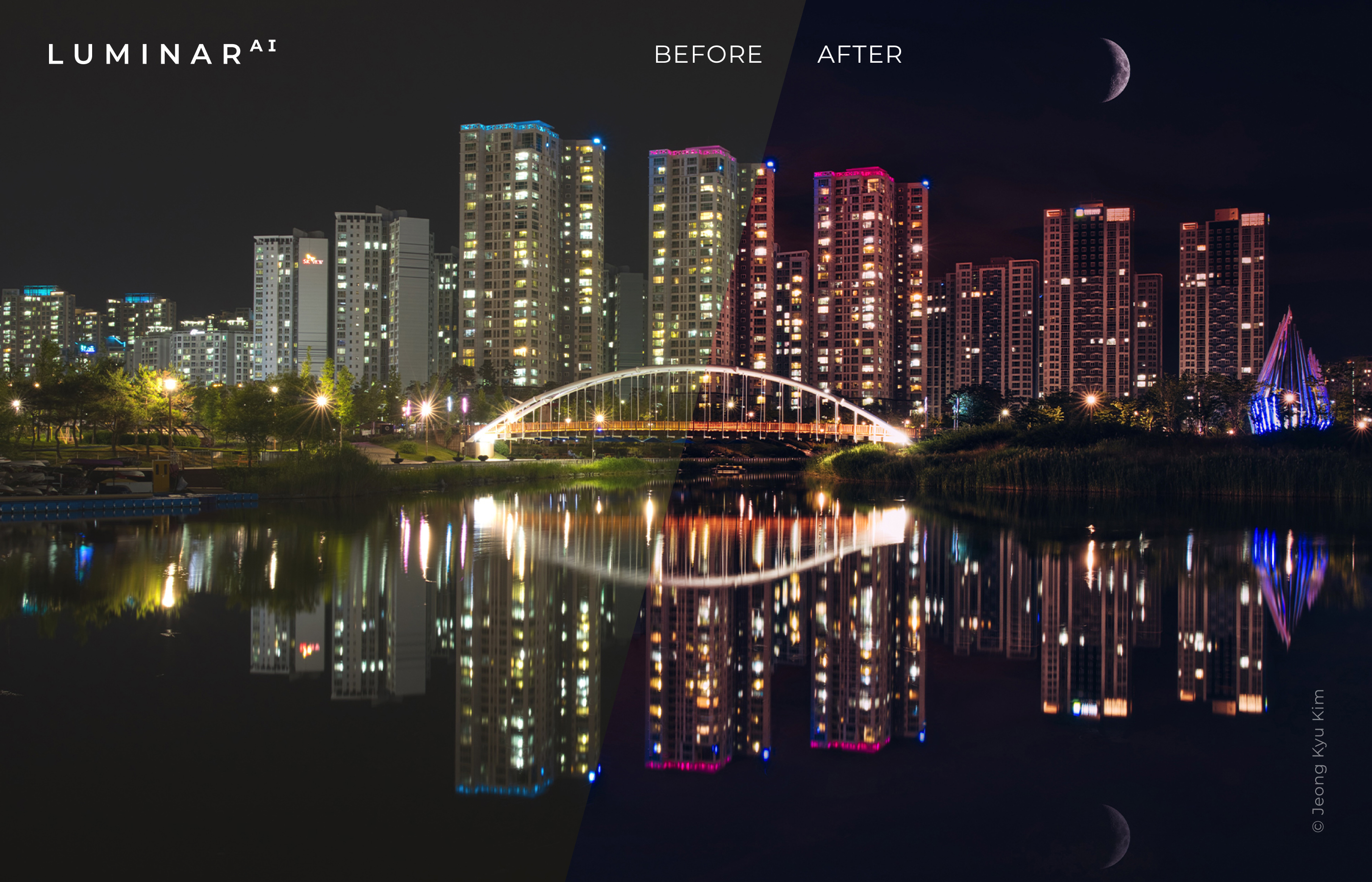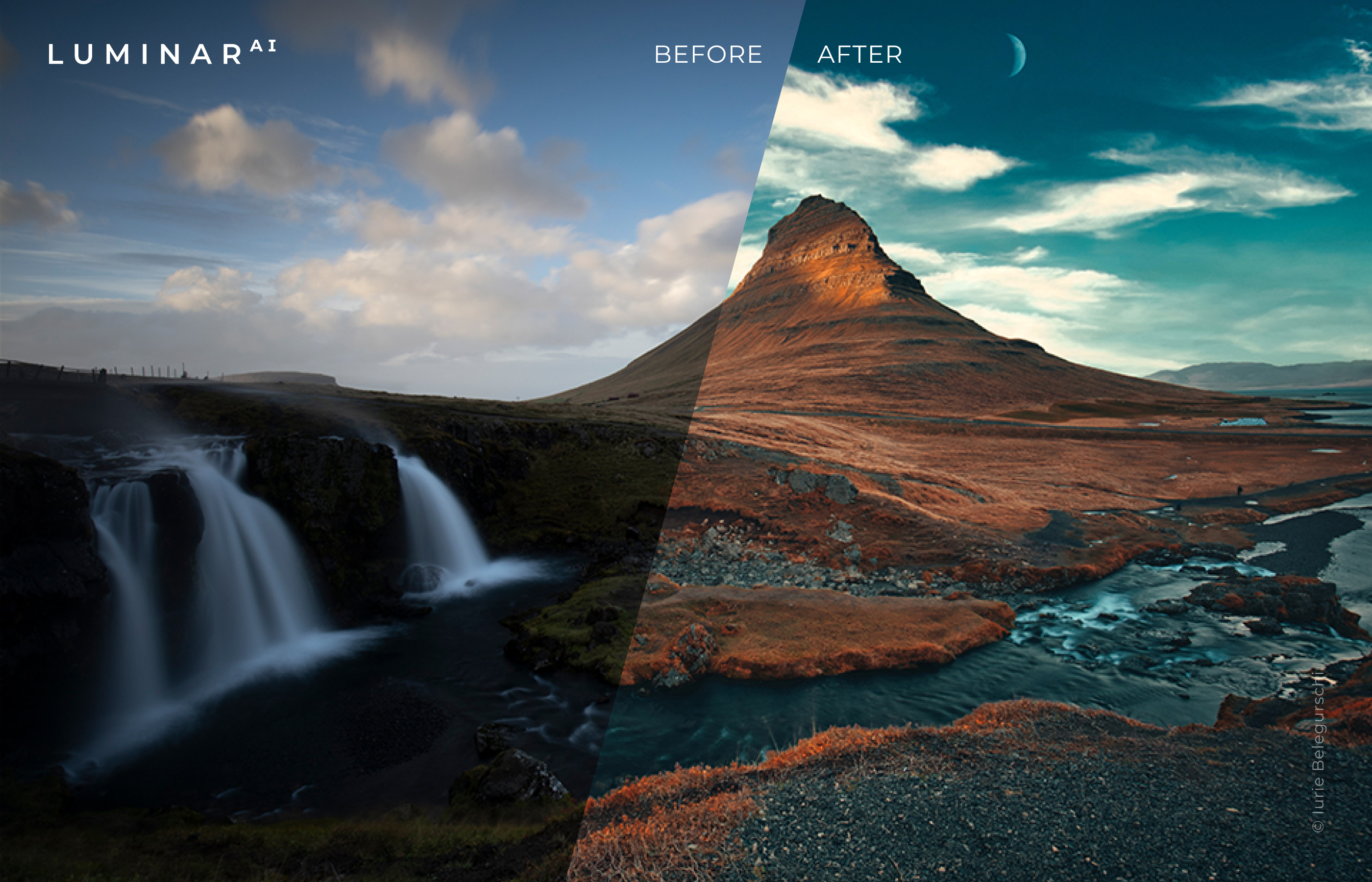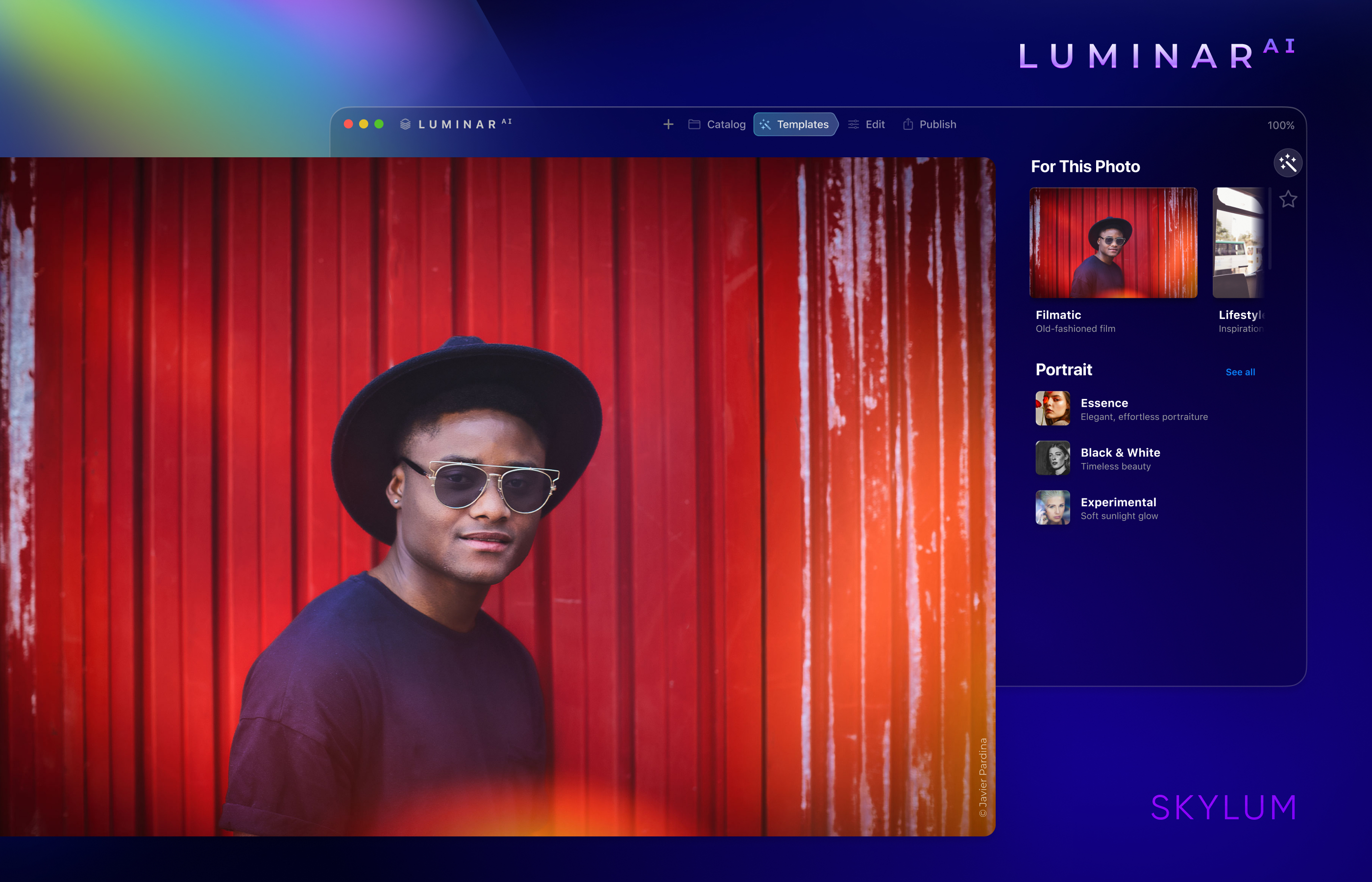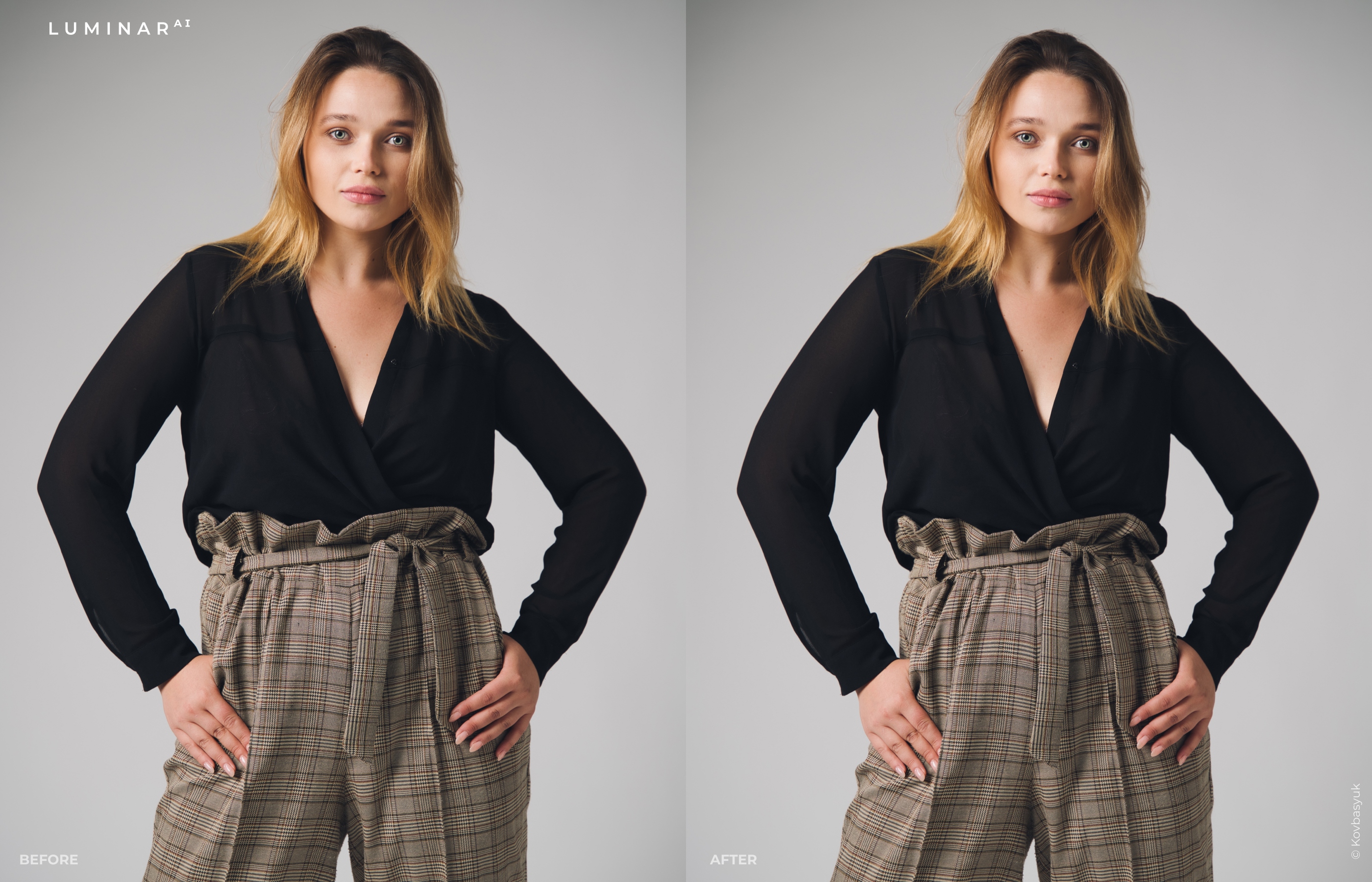Skylum launches Luminar AI, its AI photo editor
Over the course of the last few years, Skylum made a name for itself with a set of photo-editing apps like Aurora HDR and Luminar. With Luminar AI, it is now launching a brand-new photo editor, starting at $79. The new application, available as a standalone product for Mac and Windows and as a plug-in for Lightroom and Photos for MacOS, was built from the ground up and offers many of the traditional photo-editing features you're probably familiar with from the likes of Lightroom. The focus, though, is on its new AI-based tools, with a special focus on editing landscapes (and skies in general) and portrait shoots.
In total, Skylum added 13 AI features to the application. You can use those to improve your composition, replace the sky in your images (and relight the scene accordingly), add fog, mist and haze, and manipulate the faces and bodies of your portrait subjects by simply dragging a few sliders.
The idea here is to make it very easy for beginners to improve their photos while also giving pros the tools to quickly get the results they are looking for.
Our approach to AI lines up with that of the best minds in the field. What differentiates it, however, is our human-centric application of this incredibly powerful technology. In my experience, only 30% of our time is actually spent being creative," said Alex Tsepko, CEO of Skylum. Luminar AI uses artificial intelligence to flip those metrics. We created Luminar AI so people can focus on the outcomes and photos, and not worry so much about the editing process."

Image Credits: Skylum / Jeong Kyu Kim

Image Credits: Skylum / Iurie Belegurschi
For beginners, the place to start is Luminar AI's templates, which you can think of as very advanced filters that go well beyond what Instagram is capable of. The application automatically classifies the image to get started (say landscape or portrait) and gives you a list of matching templates. That's cool and often a good start, but chances are if you invest in a tool like this, you'll want more granular control.
Luminar AI's marquee feature is its Sky AI, which lets you replace the sky in your images with a few clicks. To do this, you choose from a set of pre-made skies, including sunsets, or create your own library. Either way, the application can then relight the whole scene based on what that sky looks like. It works surprisingly well. There's also an Augmented Sky AI, which is a bit more gimmicky and lets you add birds, planes and balloons to the sky. It's not for me, but expect to see a lot of balloons in your favorite influencers' images in the near future. For more subtle changes, you can opt for the Sky Enhancer AI, which makes your sky pop a little bit more.

Image Credits: Skylum
For more general editing, the Accent AI tool is quite useful to adjust brightness, contrast and color, while Structure AI brings more clarity to an image.
Skylum promises that those adjustments won't look unnatural, but your mileage may vary. Indeed - and this depends on your personal tastes - I found that for the best results, only moving the sliders 10 or 20 points was often enough. Anything more and you run the risk of creating some pretty garish images.
The portrait features include Body AI, Iris AI, Face AI and Skin AI. They make it exceedingly easy to perform the kind of retouching operations that would usually take a long time in Photoshop, be that bringing out a subject's eyes, whitening teeth or removing blemishes from their skin.

Image Credits: Skylum
But while tools to change clouds in your landscapes and add bokeh to your shots are pretty uncontroversial for anybody but the most extreme of photography purists, having tools that can easily slim down anybody's body or face with just a few clicks is something else.
This isn't necessarily the place to litigate the ethics of portrait retouching and the toxicity of body shaming on social networks, but it's something to be aware of, especially given how easy Luminar AI makes it to retouch bodies and faces and how effective the tool is. For what it's worth, I tend to find myself feeling rather queazy using this side of Luminar AI's tools.